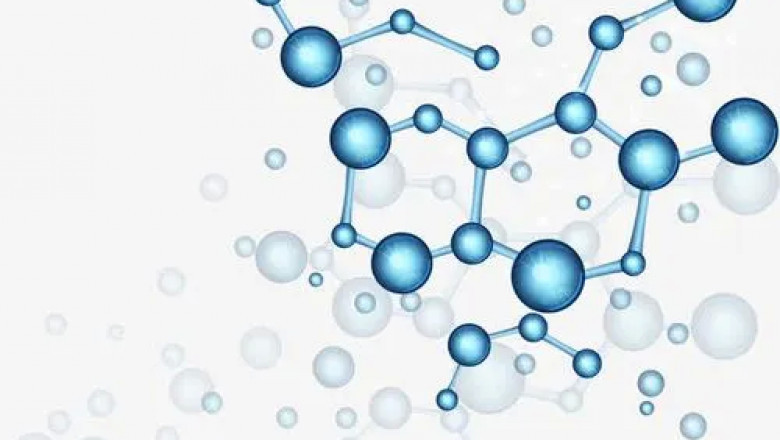views

What are the hazards of common hazardous chemical products? How to protect?
Hazardous chemical products refer to highly toxic chemical products and other chemical products with properties such as toxicity, corrosion, explosion, combustion, and combustion support, which are harmful to human body, facilities and the environment.
We have come into contact with dangerous chemical products in our life. Here are some common dangerous chemical products, and some introductions from their hazards, protection, poisoning treatment, etc.
1. Hazards and protection of sulfur dioxide
1. Sulfur dioxide is a colorless, odorous, irritating toxic gas.
2. It has a strong stimulating effect on the eyes and respiratory tract, and a large amount of inhalation can cause pulmonary edema and laryngeal edema. Inhalation of high concentrations causes coughing, burning pain in the nose and throat; inhalation of very high concentrations immediately causes reflex glottis spasm and suffocation. Harmful to eyes and skin. Long-term inhalation of low-concentration sulfur dioxide may cause symptoms such as dizziness, insomnia, nausea, and emphysema.
Second, the hazards and protection of hydrogen sulfide
1. Hydrogen sulfide is a colorless and poisonous gas with rotten egg smell.
2. Hydrogen sulfide is a strong nerve poison. In high concentrations, it can cause sudden coma, sudden respiratory and cardiac arrest, and lightning-type death. It has a strong stimulating effect on mucous membranes and can cause eye and respiratory tract irritation and damage. The onset of acute poisoning is rapid, which can cause tears in the eyes, photophobia, blurred vision, headache, dizziness, and confusion.
3. The hazards and protection of hydrogen chloride
1. Hydrogen chloride is a colorless and strongly irritating fuming gas, and its aqueous solution is hydrochloric acid.
2. Inhalation can irritate the respiratory tract and cause skin and eye burns. Extremely corrosive, it can irritate the nose, throat and lungs, and in severe cases, it is difficult to breathe and pulmonary edema occurs. Can burn the skin and eyes, severe blindness.
Fourth, the harm and protection of chlorine gas
1. Chlorine gas is yellow-green, irritating and toxic gas, which is easy to liquefy into liquid, called liquid chlorine.
2. Inhalation can cause damage to the respiratory system, and pulmonary edema may occur in severe cases. Liquid chlorine and high concentrations of chlorine gas can cause burns. Acute poisoning is mainly manifested as damage to the respiratory system. Laryngitis, bronchitis, pneumonia, or emphysema can occur. Severe cases may develop adult respiratory distress syndrome. At very high concentrations, it can cause glottis spasm or edema, bronchospasm or reflex respiratory center depression and cause rapid death.
I hope these can be helpful to everyone. Stay away from dangerous chemical products. When driving at high speed, stay away from large tankers. Once an accident occurs, it is very dangerous.












